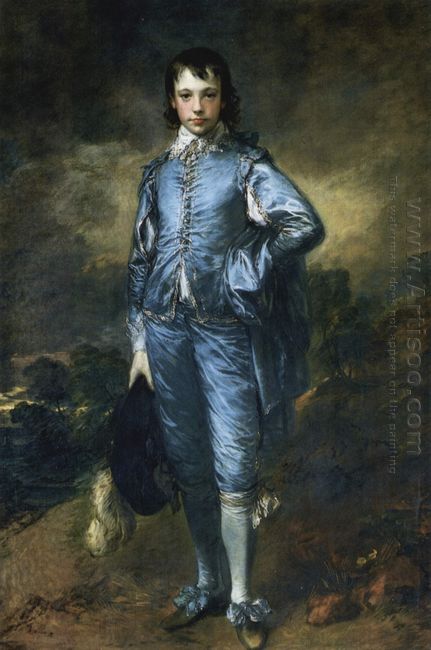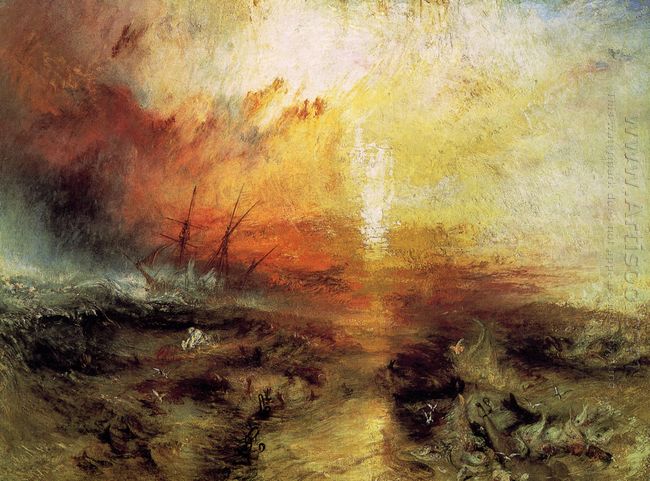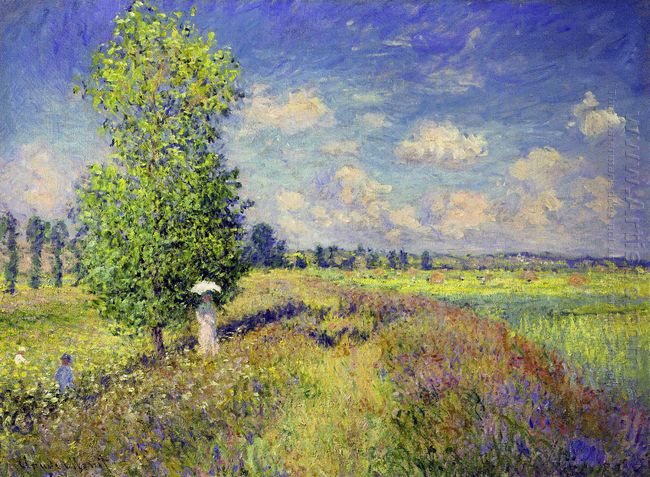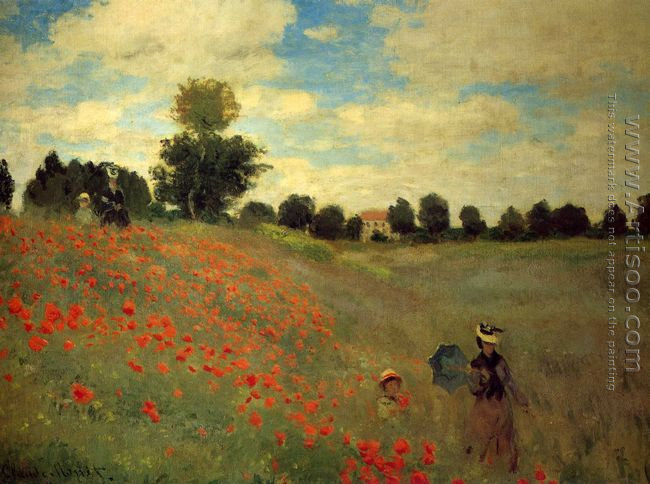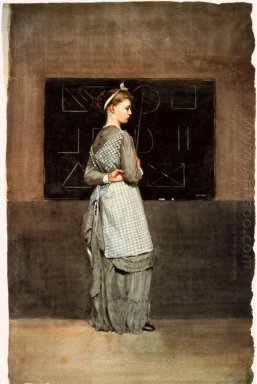The Blue Boy is a representative painting by Thomas Gainsborough. Thomas Gainsborough (1727-1788) was a celebrated English painter. He was good at painting portrait and landscapes and his speed with which he applied paint was also admired. He revealed poetic sensibility in his paintings. We could feel from his landscapes that he combined figures of the portraits with the scenes behind harmoniously. His famous works are The Painter's Daughters, The Morning Walk and The Blue Boy, etc.
The Blue Boy was painted according to the theoretical prejudice of the first president of the Royal Academy of Fine Arts; “Reynolds”. Gainsborough’s portraits had received great popularity at home and abroad since he was 33 years old. Art lovers in London visited him asking for his portraits one after another. Reynolds, an outstanding portrait painter, became the president of the Royal Academy in 1768. When he witnessed Gainsborough’s great success in portraits, he became jealous of him and often made rude remarks on him. Therefore, Reynolds in London and Gainsborough in Bath formed stood on the opposite side. They usually belittled each other. Once when Reynolds was teaching the students the painting techniques, he said: "blue can not dominate the whole picture. Gainsborough heard about it and then he showed his disagreement on this rule and painted The Blue Boy.
These novel blue tones in this painting did not have any sense of discomfort, but full of freshness. The lively, jumping blue satin and the capricious drapery, light were in in harmonious contrast with the blue. The great success of The Blue Boy comes not only from Gainsborough’s excellent painting techniques but also influenced by the theory of Reynolds.
The Blue Boy depicted a dandy aristocratic boy. In fact, the prototype of the boy was not nobility, but the son of a wealthy factory owner. Gainsborough asked him to wear blue costumes and dressed as a Prince. He smoothly and fully showed the boy’s good demeanor with bold strokes, gave full play to the sapphire blue light color at the same time. The most successful point was that the painter used to exact color to depict the texture of blue satin. The whole painting was in fresh and fluent style and the color was made in rhythmic and vivid brush strokes, which made it one of the most outstanding portraits in the eighteenth century.

